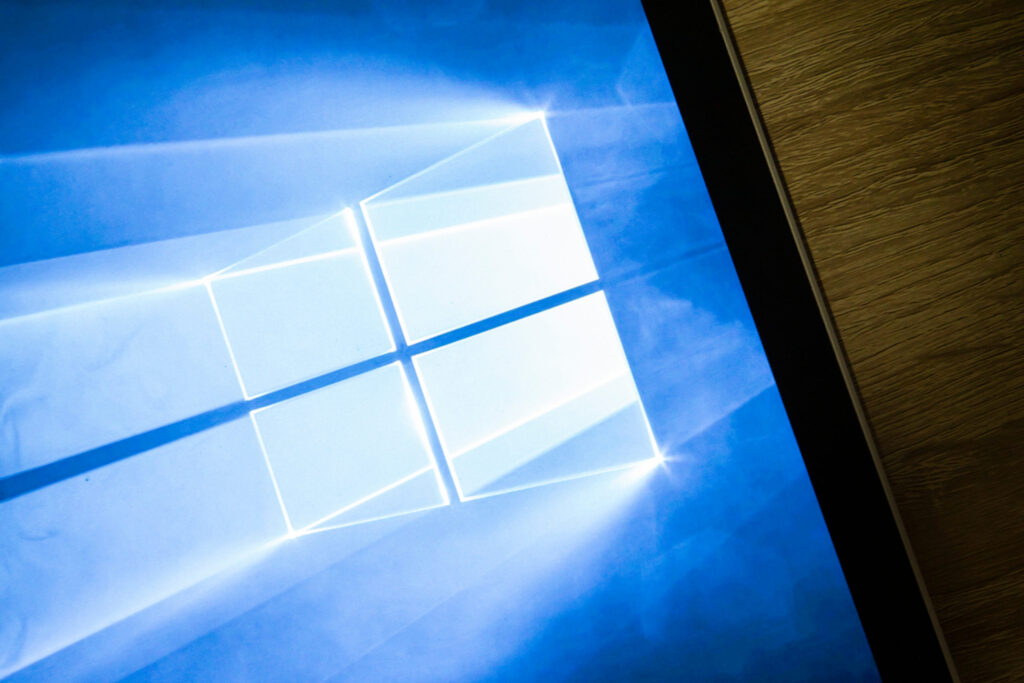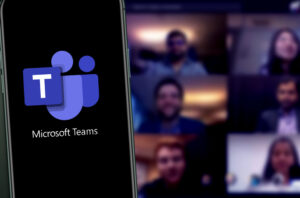Microsoft’s August patch Tuesday security update included fixes for 138 vulnerabilities, 17 of which were classified as ‘Critical’ flaws. The security patches issued cover 40 different Microsoft and Windows products and features, including critical Windows system operations, and popular applications such as Microsoft Edge, Microsoft Office, and the Microsoft Exchange Server. Two zero-day vulnerabilities were included in the patched flaws, one of which has been identified by Microsoft as having a “publicly disclosed exploit”.
The zero-day vulnerability CVE-2022-30133 has a ‘Critical’ rating, and a 9.8/10 severity score. This is a remote code execution vulnerability, affecting the Windows point-to-point protocol (PPP) in Windows 10 and Windows 11. An exploit for this vulnerability is currently theoretical, however Microsoft explain that an attacker could exploit communication on Port 1723 by sending a connection request to a RAS server. This attack would require no user interaction, and can be conducted without the need for any privileges or files access, making this a low complexity attack. A workaround of disabling Port 1723 could mitigate some risk of this attack; however, a better fix is to apply the most recent security update, which will apply a patch that fixes this without interrupting network communications.
The second zero-day vulnerability patched was also a remote code execution vulnerability, tracked as CVE-2022-34713. This was given a severity rating of ‘High’, and a base score of 7.8/10. Jokingly named ‘DogWalk’, this vulnerability is found in the Microsoft Windows support diagnostic tool (MSDT), and was originally identified by security researcher Imre Rad in January of 2020. Microsoft did not immediately recognise this as a security vulnerability, and so it remained unpatched until this month, two and half years later. Microsoft now identify this flaw as having a publicly disclosed exploit, and have patched it in the most recent security update. This attack requires user interaction, including the user receiving an email or visiting a malicious website and then opening a file, resulting in a local attack on the device.
Information on how to install the security-only update can be found on Microsoft Support. There is also a Monthly Rollup update that can be installed, which is a cumulative update of security fixes and improvements. Users should install updates as soon as possible after their release in order to apply patches to known flaws. Malicious actors become aware of vulnerabilities through the patch release notes and use that information to exploit unpatched systems. Applying patches soon after their release can prevent you falling victim to these attacks.


















“We were very impressed with the service, I will say, the vulnerability found was one our previous organisation had not picked up, which does make you wonder if anything else was missed.”
Aim Ltd Chief Technology Officer (CTO)